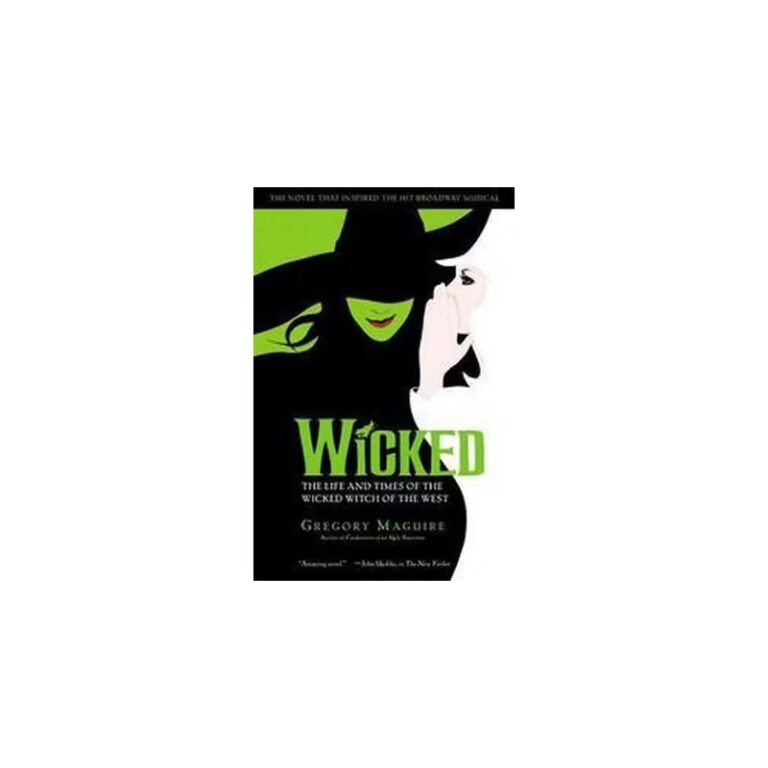Tom’s Top 25 College Baseball 2025-#25
In 2024, the Hoosiers finished 33-26-1 and 17-11 at home. Now in 2025. the Hoosiers will likely see their way to the top of the Big Ten conference.
In 2024, the Hoosiers finished 33-26-1 and 17-11 at home. Now in 2025. the Hoosiers will likely see their way to the top of the Big Ten conference.
.College Baseball Now will give this to you before the season begins and then each week we will adjust it as needed
Here’s a list of what many consider the top ten Major League Baseball teams of all time. These teams excelled not only in their regular-season records but also in postseason play, often finishing with World Series titles.

Wicked not only redefines the Wicked Witch but also challenges readers to rethink the very nature of storytelling itself.
Book Review: “The Plantagenets” by Dan Jones. *The Plantagenets: The Warrior Kings and Queens Who Made England by Dan Jones is a sweeping narrative that delves into one of the most tumultuous and transformative dynasties in English history. Spanning 635 pages, this book transports readers through three centuries of British rule, intrigue, warfare, and political…

Whether you’re a longtime fan of Kristin Hannah or new to her work, *The Nightingale* is likely to stay with you long after the last page is turned.
Ultimately, Jimmie Johnson’s return to NASCAR in 2025 is a momentous event for the sport.
In 2024, the two-year-old thoroughbred racing division has been exceptionally competitive, with several standout horses already making waves on the track

For readers who are open to Christian perspectives and enjoy personal stories of faith in action, Shaken is a meaningful and uplifting read. while it may not offer groundbreaking theology, its simple, heartfelt message is impactful.

Jonathan Haidt’s *The Anxious Generation* is an insightful and data-driven exploration of the surge in mental health issues among today’s youth. The book, which spans 400 pages, delves deeply into the factors that have reshaped modern childhood—particularly, the pervasive use of smartphones and social media. Published in 2024, Haidt examines how these technologies have…